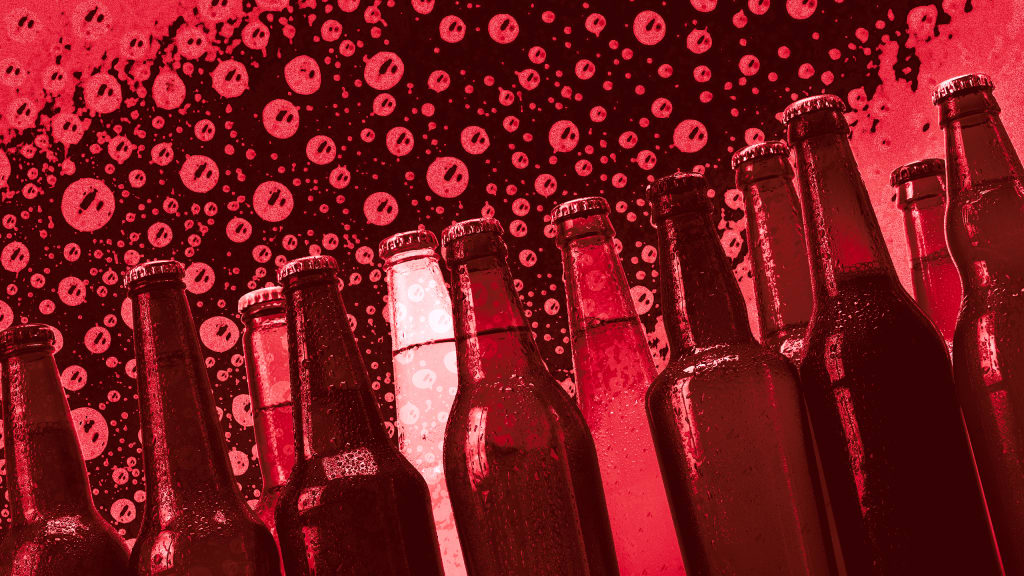
"The urge to create drinks with medicinal properties inspired what might be called a soda revolution in the 1800s, where carbonated water became popular as a health drink."
"The word 'soda' likely came from 'sodium', as these drinks contained salts believed to have healing properties, which pharmacists sold at soda fountains."
"A chemistry professor, Benjamin Stillman, set up the first soda fountain device in a drugstore in New Haven, Connecticut, in 1806, leading to a boom."
"By the mid-1800s, pharmacists were creating a variety of flavored syrups and mixers, contributing to the evolution of soft drinks as we know them today."
In America, the terminology for soft drinks varies by region: Midwesterners say 'pop', Northerners use 'soda', while Southerners often refer to all as 'coke'. This linguistic debate is rooted in a fascinating historical context. The rise of carbonated drinks began in the early 1800s, evolving from carbonated water recognized for its health benefits. The term 'soda' likely derives from 'sodium', reflecting the belief in the medicinal properties of these beverages. Soda fountains became popular, leading to the creation and sale of various flavored soft drinks by pharmacists.
Read at Fast Company
Unable to calculate read time
Collection
[
|
...
]